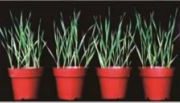
BRacing for water stress: Brassinosteroid signalling promotes drought survival in wheat
Plant Physiology, Plant Physiology: News and Views, ResearchBrassinosteroids (BRs) have come a long way since their first identification in 1979 as pollen-derived, growth-promoting hormones. Multiple studies have demonstrated roles for BRs in the control of cell elongation, pollen fertility, root architecture, seed germination, stomatal patterning, vascular development,…
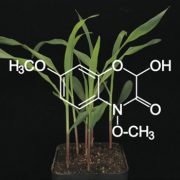
Metabolome divergence during maize domestication
Research, The Plant Cell, The Plant Cell: In a NutshellXu et al. identify metabolites targeted by selection during maize domestication.
Plant Cell https://doi.org/10.1105/tpc.19.00111
By Guanghui Xu
State Key Laboratory of Plant Physiology and Biochemistry, National Maize Improvement Center, Key Laboratory of Biology and Genetic Improvement of…
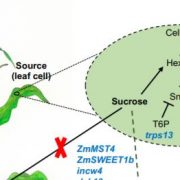
Senescence: the genetics behind stay-green corn
Research, The Plant Cell, The Plant Cell: In BriefSenescence results from two ineluctable laws of nature: every living entity will eventually die and when it does, nothing will be lost, as everything will be recycled. At the organism level, senescence is an integral part of the plant life cycle, under strict age-dependent genetic control. This dismantlement…
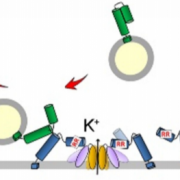
Two is better than one: Dual SEC11 binding sites regulate SYP121-mediated vesicle trafficking
Plant Physiology: News and Views, ResearchVesicle trafficking is indispensable, playing critical roles in plant growth, development, and stress responses, and trafficking to the plasma membrane is an important contributor to cell expansion and cell wall remodeling (reviewed in Lipka et al., 2007; Grefen and Blatt, 2008). Vesicle budding, trafficking…
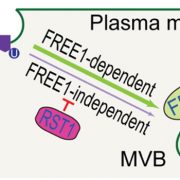
RST1 regulates vacuolar trafficking
Research, The Plant Cell: In a NutshellZhao et al. identify RESURRECTION 1 as a suppressor of free1 that negatively regulates endomembrane trafficking.
Plant Cell https://doi.org/10.1105/tpc.19.00003
By Qiong Zhao
The Chinese University of Hong Kong
Background: Plants have an evolutionarily conserved endomembrane system, which…
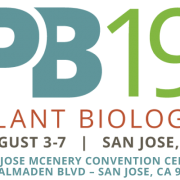
A First-timers Guide to Plant Biology 2019
Blog, EducationPlant Biology 2019 is fast approaching! If you’ll be attending for the first time, don’t worry—you’re in good company! You’ll be among 1400+ other plant biologists from nearly 40 countries, from grad students to professionals with 20+ years of experience, so no matter what you do, you’re…

Cutting the mustard: Evolving ER structures into ER bodies for plant defence
Plant Physiology: News and Views, ResearchThe endoplasmic reticulum (ER) has been likened to the manufacturing and packaging department of a factory, an action packed production area that distributes things to the rest of the cell. The ER does this by forming complex networks of tubules and cisternae that connect to other membranous organelles.…

Plastid Sulfate Transporters Open Doors To Abiotic Stress Resistance
Plant Physiology: News and Views, ResearchClimate change is causing more extreme weather patterns and increasing challenges for agriculture. The unusually dry European summer of 2018 caused an 8% drop in cereal production (source: https://ec.europa.eu/info/sites/info/files/food-farming-fisheries/farming/documents/short-term-outlook-autumn-2018_en.pdf).…
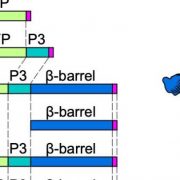
Barreling down the Chloroplast Highway: Protein Sorting of Outer-Membrane β-Barrel Proteins
Research, The Plant Cell, The Plant Cell: In BriefModern-day chloroplasts are the descendants of a photosynthetic cyanobacterium that took up residence inside the cytoplasm of a eukaryotic cell. Since this initial cohabitation agreement, the cyanobacterial endosymbiont has dumped most of its genome into the host eukaryotic genome. This creates an engineering…

